Frederica Freyberg:
The economic infusion that the Democratic Convention coming to Milwaukee will afford is good news. For another look at the state’s largest city, we turn to a new study from the UW-Milwaukee Center for Economic Development. In tonight’s closer look, Professor Marc Levine details his new analysis of Milwaukee’s 53206 zip code, long looked at for representing concentrated poverty. Professor Levine joins us from Milwaukee. Thanks very much for doing so.
Marc Levine:
Thanks very much for having me.
Frederica Freyberg:
We gave a one-sentence, thumbnail of Milwaukee 53206. But what does it mean to be a neighborhood of cumulative disadvantages?
Marc Levine:
What is means is that there are multiple disadvantages piled on top of one another that are concentrated into this rather tight geographic space. You’ve got a broken labor market. You’ve got entrenched poverty. You’ve got plummeting incomes. You’ve got a swath of vacant housing and high rent burdens and high eviction rates. You’ve got low earnings. You’ve got mass incarceration. You’ve got the whole tangle of urban ills concentrated in this neighborhood and that, as we document in the study, creates not only immediate kind of problems when we do a snapshot of what’s going on there, but long-term problems in terms of the ability of people living in the neighborhood to achieve the American dream of economic opportunity.
Frederica Freyberg:
Now, your new study reports that 50% of working age adults are employed. In this day of nearly full employment, that seems to continue to be dismal, but better than at the height of the recession?
Marc Levine:
Yeah. It is better. The rate had actually fallen to just a little over 36% at the worst of the recession. So it’s up to nearly 50%, and one of the striking findings was that that’s for all working age adults. But among what we call prime age adults, that is prime working age between the ages of 25 and 54, when one would expect, absent some debilitation, that individuals would be able to get into the labor market, especially, as you point out, in a tight labor market like we have now, only 50% of those prime age adults are working. So it’s a labor market that has improved. There has been some modest trickle-down from the overall recovery and the tightening of the regional labor market here in Milwaukee, but not nearly enough. I think another point I would add to that is that it’s not only a low employment rate, but a fair percentage of those who are working are working at poverty level wages. So it’s not good jobs that are being created and that’s a problem.
Frederica Freyberg:
You call your finding that 34% of males in 53206 are not even in the labor force astonishing. How so?
Marc Levine:
Well, it’s astonishing that you would have 34% of the prime age group, again 25 to 54, when individuals are general out of school. They’re generally ready to be in the labor market, and that 34% are not only unemployed, losing their jobs as they’re looking for jobs, but 34% are completely out of the labor market. They’re discouraged. They’re, for whatever reason, not even counted, really, in the unemployment statistics. And that’s risen dramatically even over the last 20 years. But if we go back to the 1970s, you had a very small fraction of the 25 to 54-year-old group and you had a very small fraction of the total working age population that were not in the labor force. So that’s a big problem.
Frederica Freyberg:
How does the neighborhood’s median income of $18,500 roughly compare?
Marc Levine:
Well, it compares really poorly to the rest of the metro area. It’s about one-third of the median income in the suburbs and it’s well less than half of the median income of the city of Milwaukee as a whole. So we’re talking about a really sizable level of inequality and it really is an issue of racial inequality because 53206 is 95% African-American. Suburbs such as the Waukesha suburbs that we did some comparisons to 53206 have virtually no African-American population to speak of.
Frederica Freyberg:
What does the 42% poverty rate tell us?
Marc Levine:
Tells us that four out of ten households, four out of ten persons in 53206, live below the poverty line. 55% of children living in 53206 live below the poverty line. Sociologists generally call any neighborhood that has above 40% poverty a “concentrated poverty neighborhood,” a neighborhood in which even those who are not poor who are living in that neighborhood experience the effects of poverty. The degree to which poverty limits opportunity in that neighborhood. So that 42% rate, which is a little bit better than the depths of the recession but still not much better than we saw in the year 2000 really indicates the degree to which there is distress in this neighborhood and the degree to which we need to improve things.
Frederica Freyberg:
I want to get to this. Another finding you made was that designating this zip code has having the nation’s highest black incarceration rate is simply hyperbole, because it’s not. Describe that.
Marc Levine:
Well, there really are no comparisons nationally of zip codes on the basis of incarceration. So saying this is the most incarcerated is based on no research comparing other zip codes. There is some limited research that we’ve been able to pull together from some very interesting databases which obviously in this short period I can’t really go into, but those show that if we look at the census tract level, that while the incarceration rate is abysmal in 53206, in the various census tracts ranging from 10% to 34% in the worst, there are, of that worst census tract, around 250 census tracts around the country that have a higher incarceration rate. So it’s important not to exaggerate. It’s important not to engage in hyperbole here but it’s also important to recognize that even if we debunk the hyperbole, the issue of mass incarceration is an integral part of what I call the ecosystem of disadvantage in 53206.
Frederica Freyberg:
Yes indeed. More to talk about on this. Professor Marc Levine, thanks very much.
Marc Levine:
Thank you very much. Appreciate it.
Search Episodes

Donate to sign up. Activate and sign in to Passport. It's that easy to help PBS Wisconsin serve your community through media that educates, inspires, and entertains.
Make your membership gift today
Only for new users: Activate Passport using your code or email address
Already a member?
Look up my account
Need some help? Go to FAQ or visit PBS Passport Help
Need help accessing PBS Wisconsin anywhere?

Online Access | Platform & Device Access | Cable or Satellite Access | Over-The-Air Access
Visit Access Guide
Need help accessing PBS Wisconsin anywhere?

Visit Our
Live TV Access Guide
Online AccessPlatform & Device Access
Cable or Satellite Access
Over-The-Air Access
Visit Access Guide
 Passport
Passport
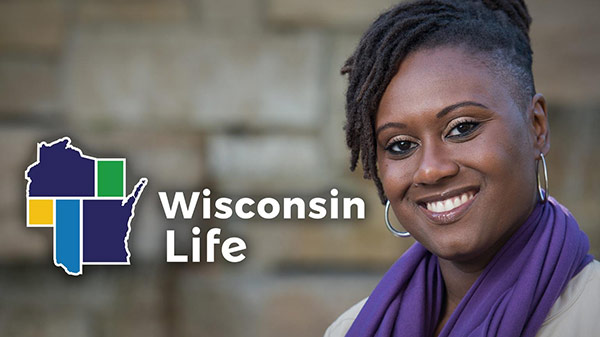
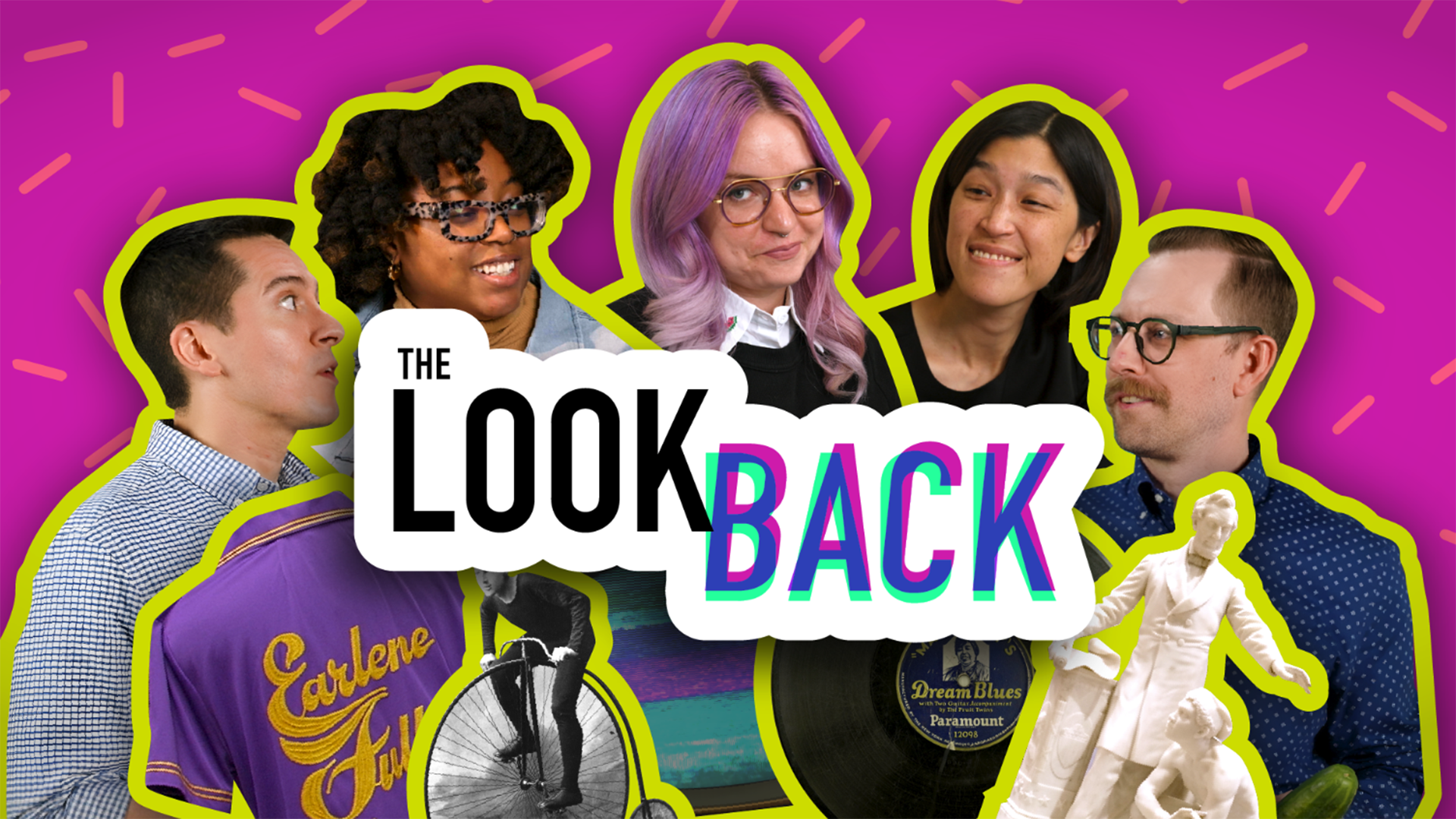



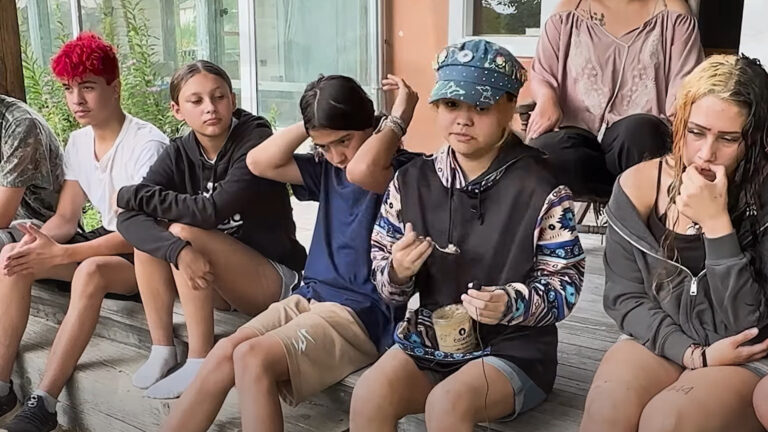
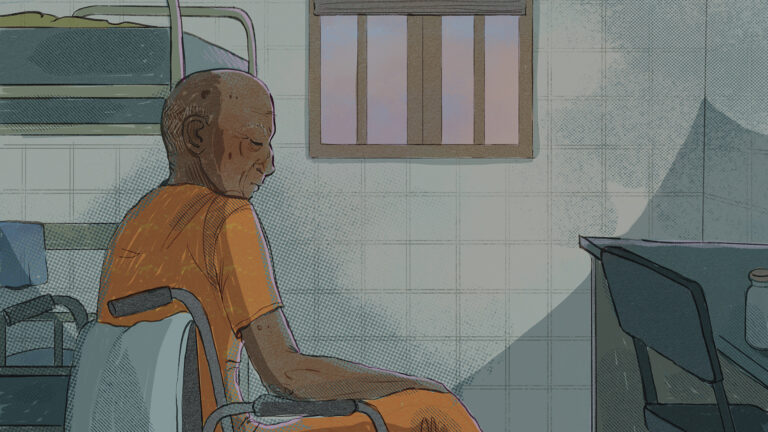

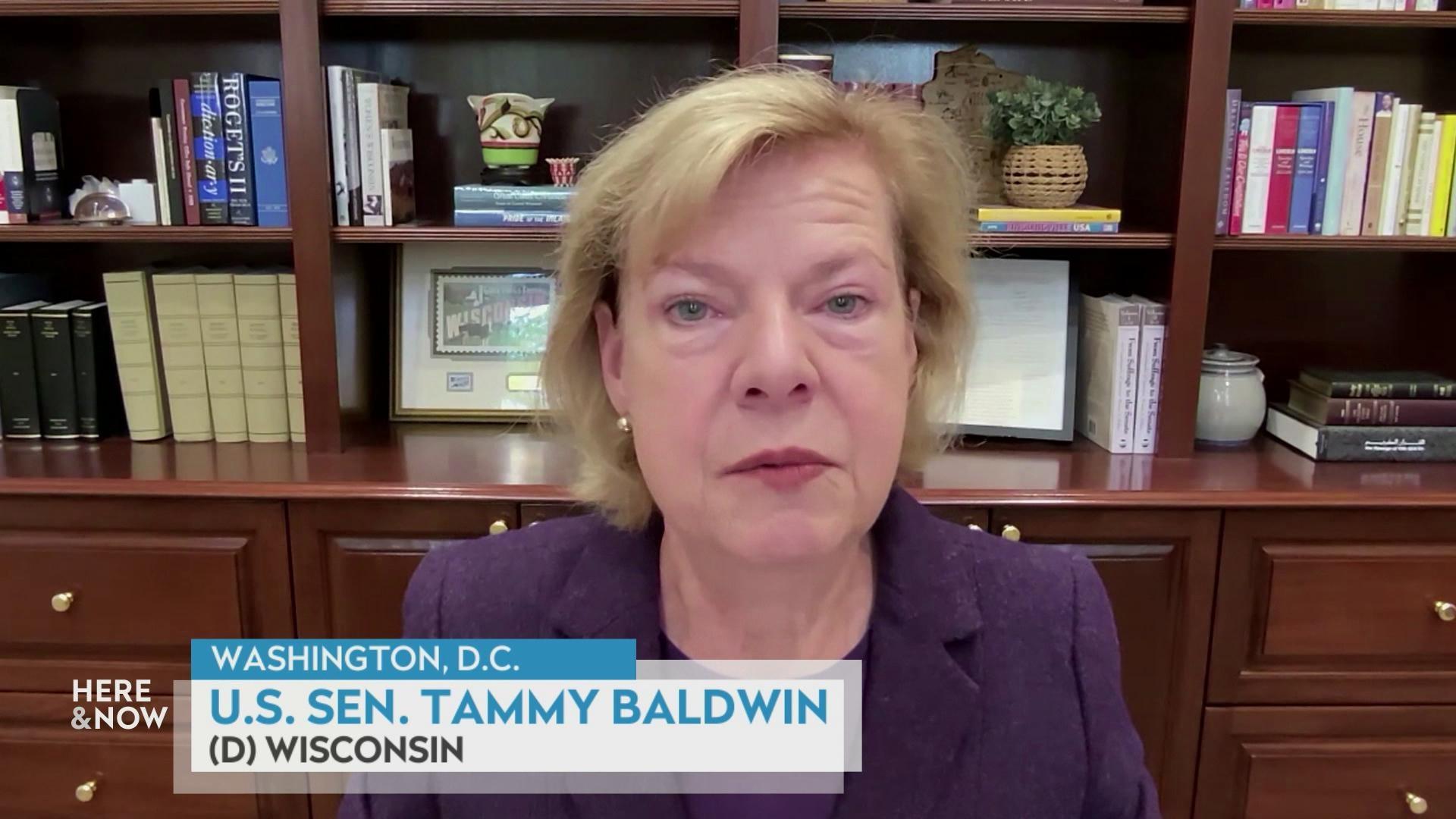
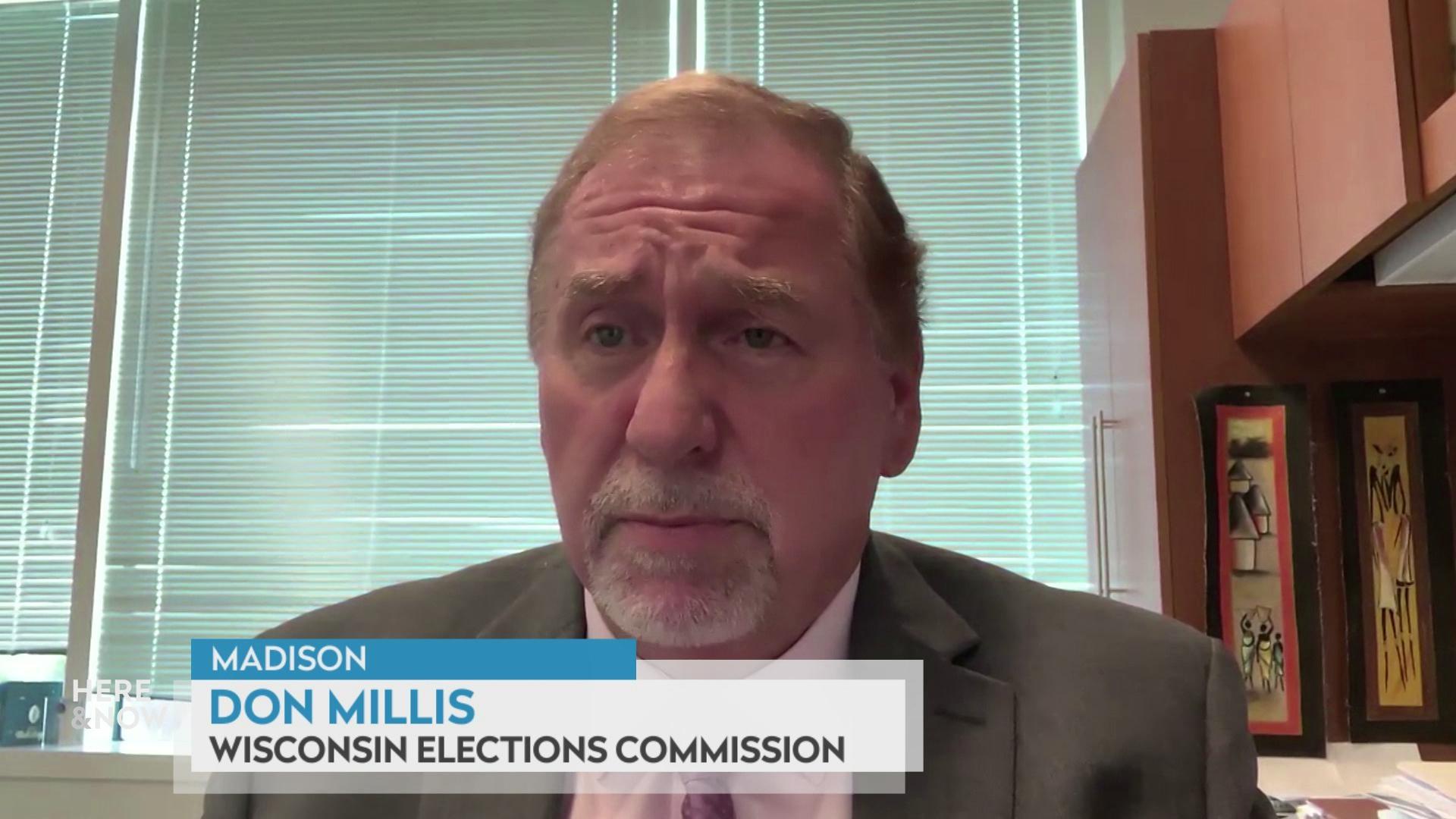
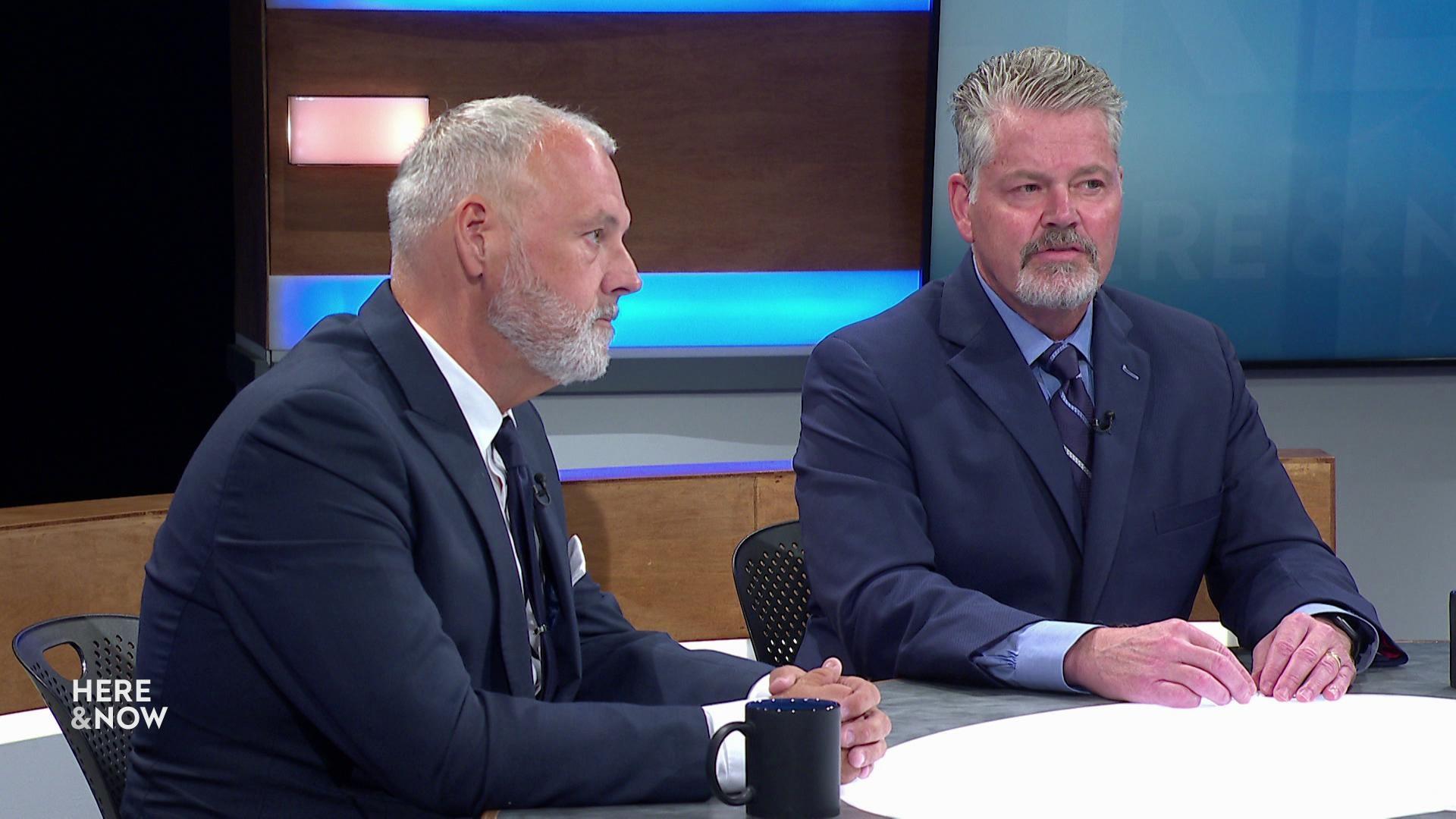
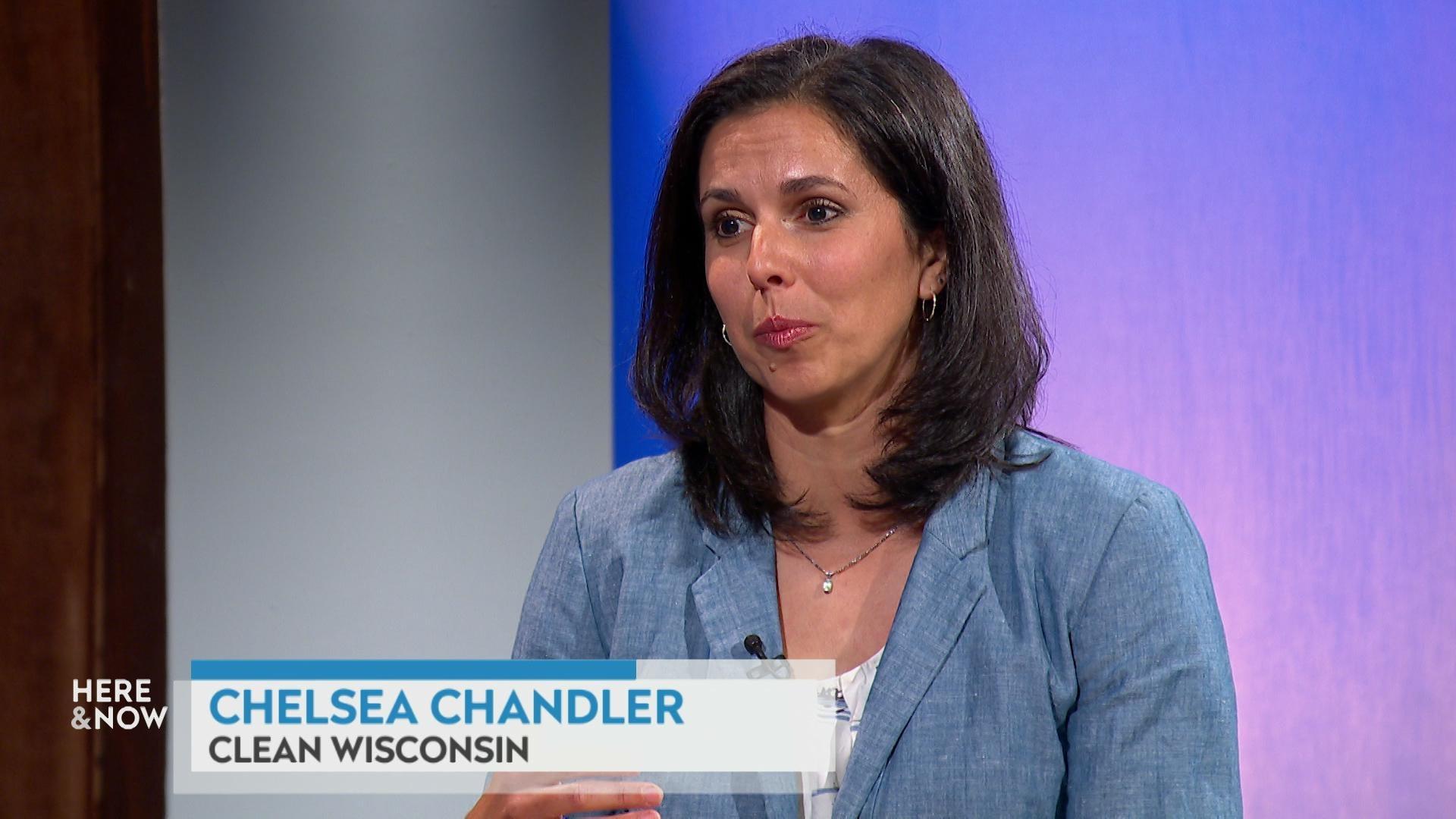
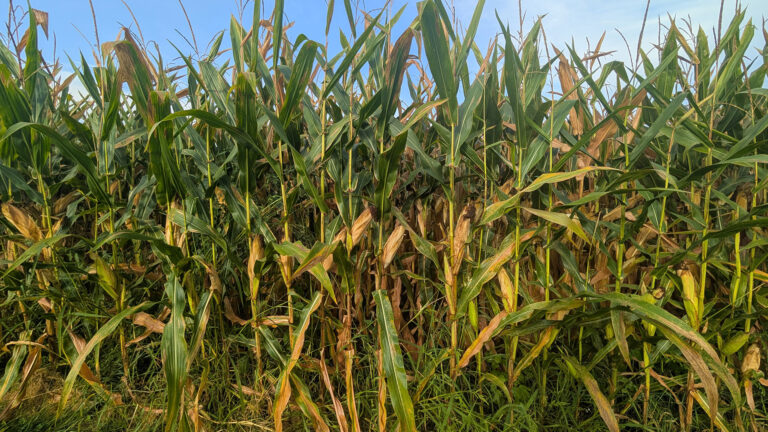
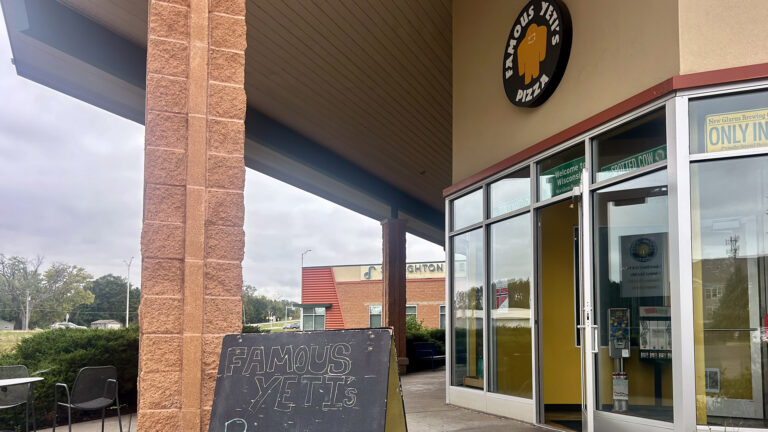
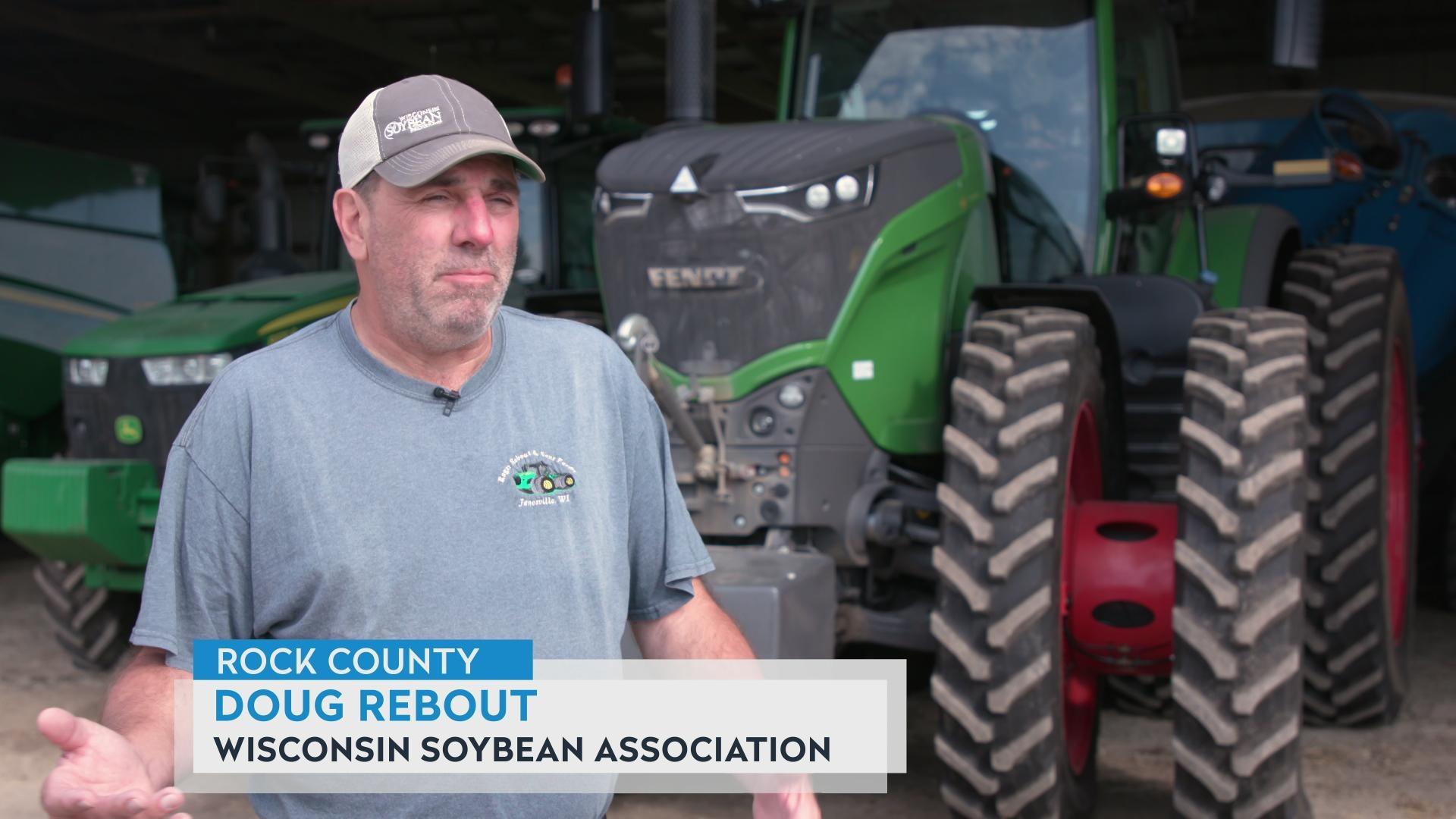
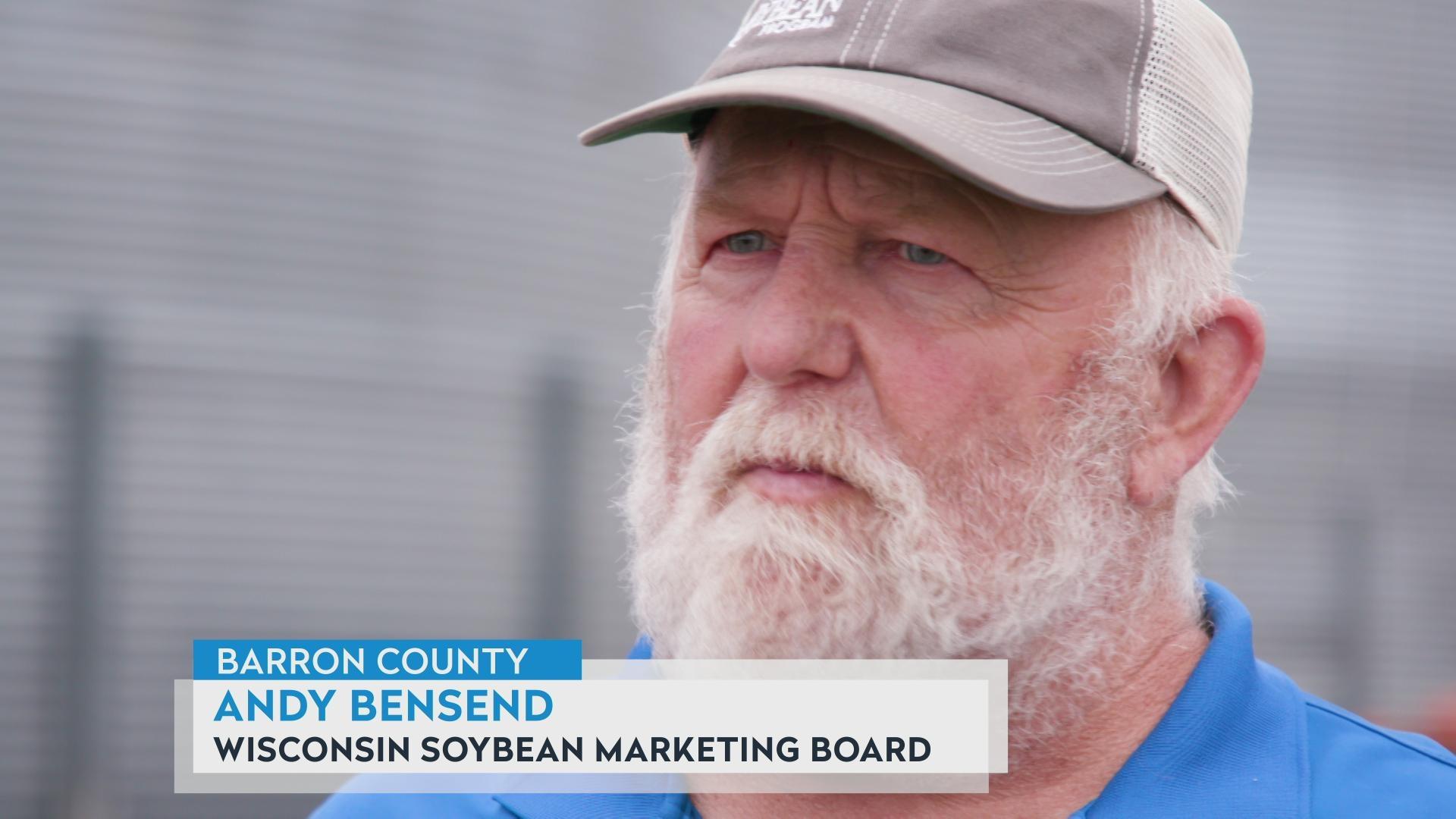


Follow Us